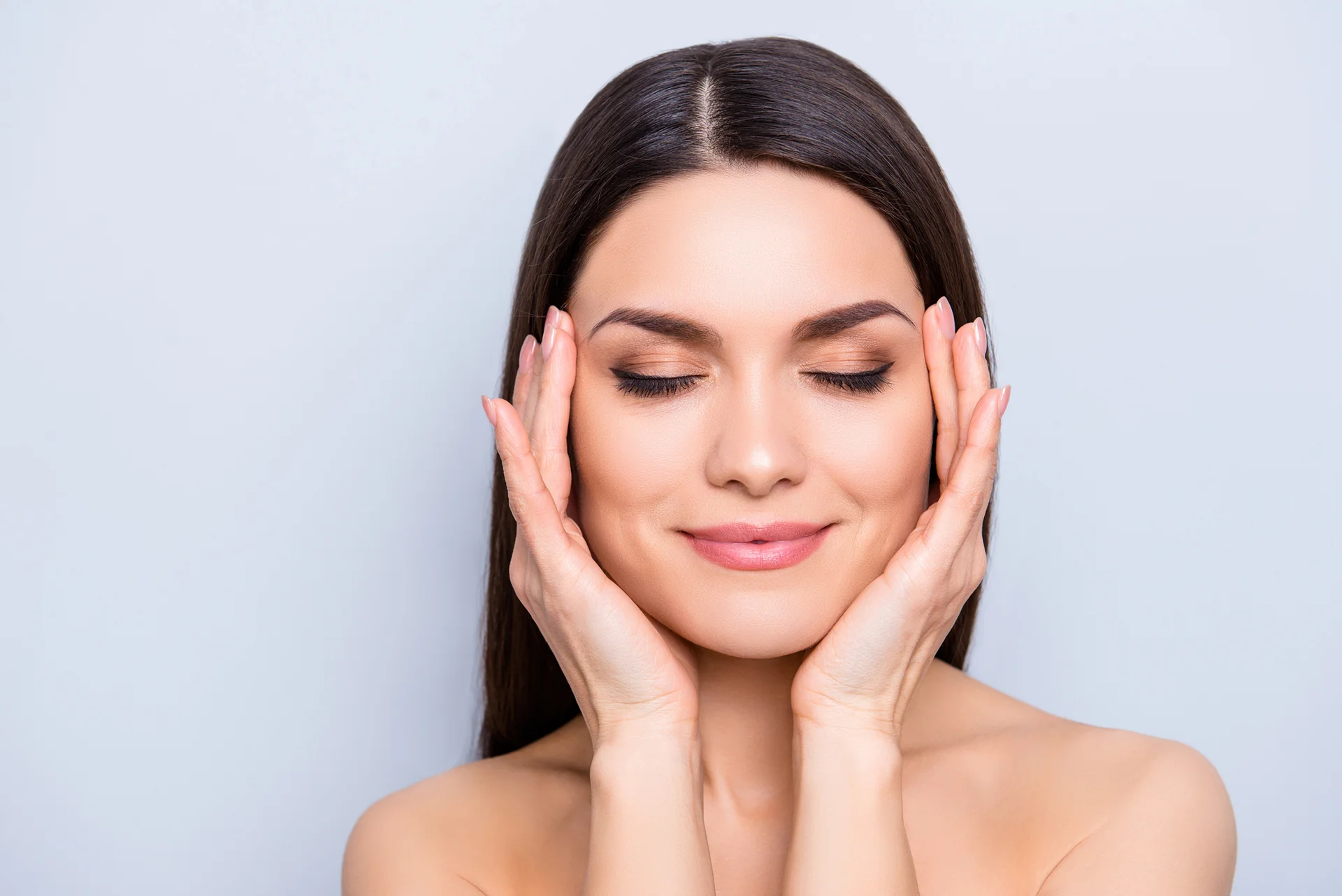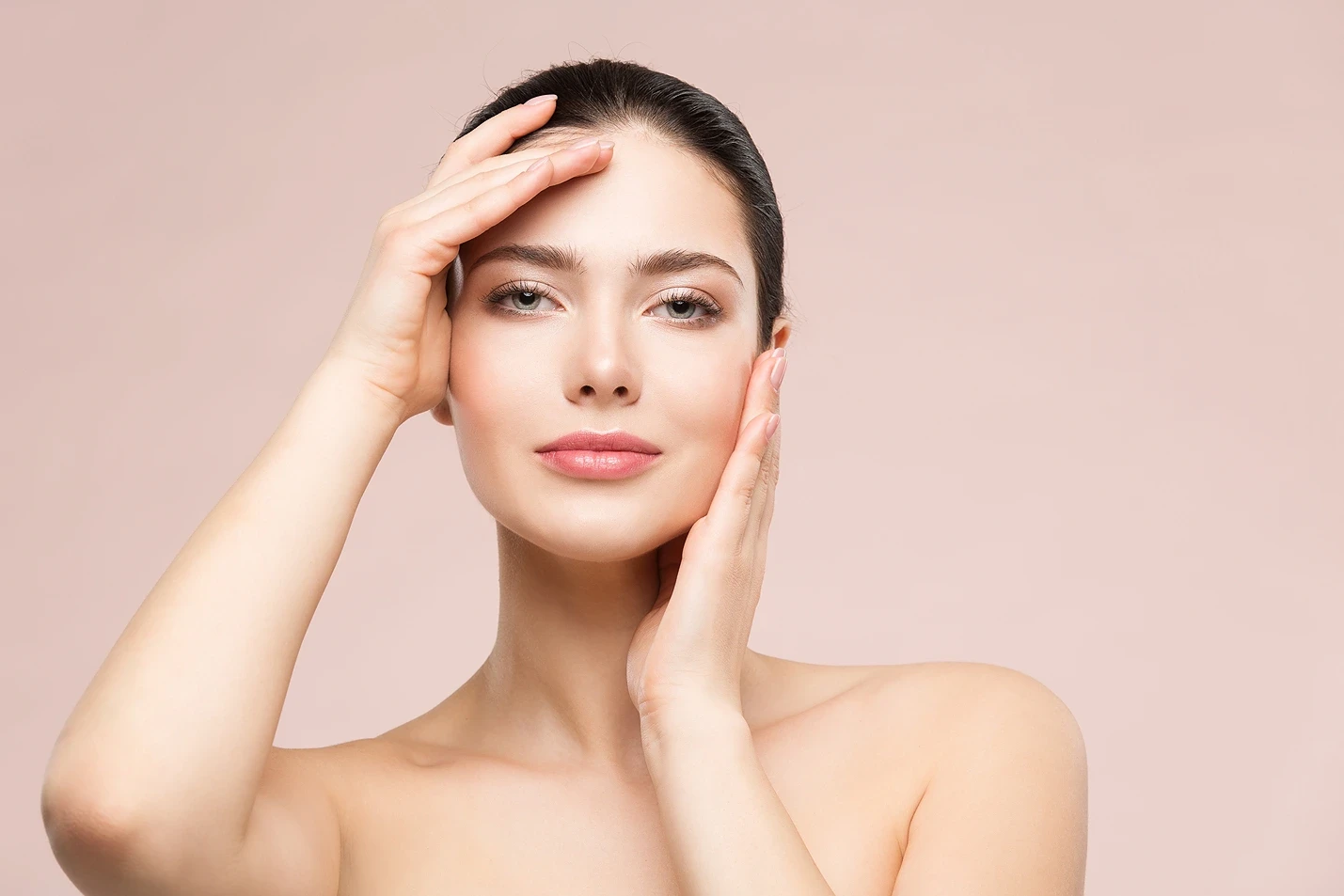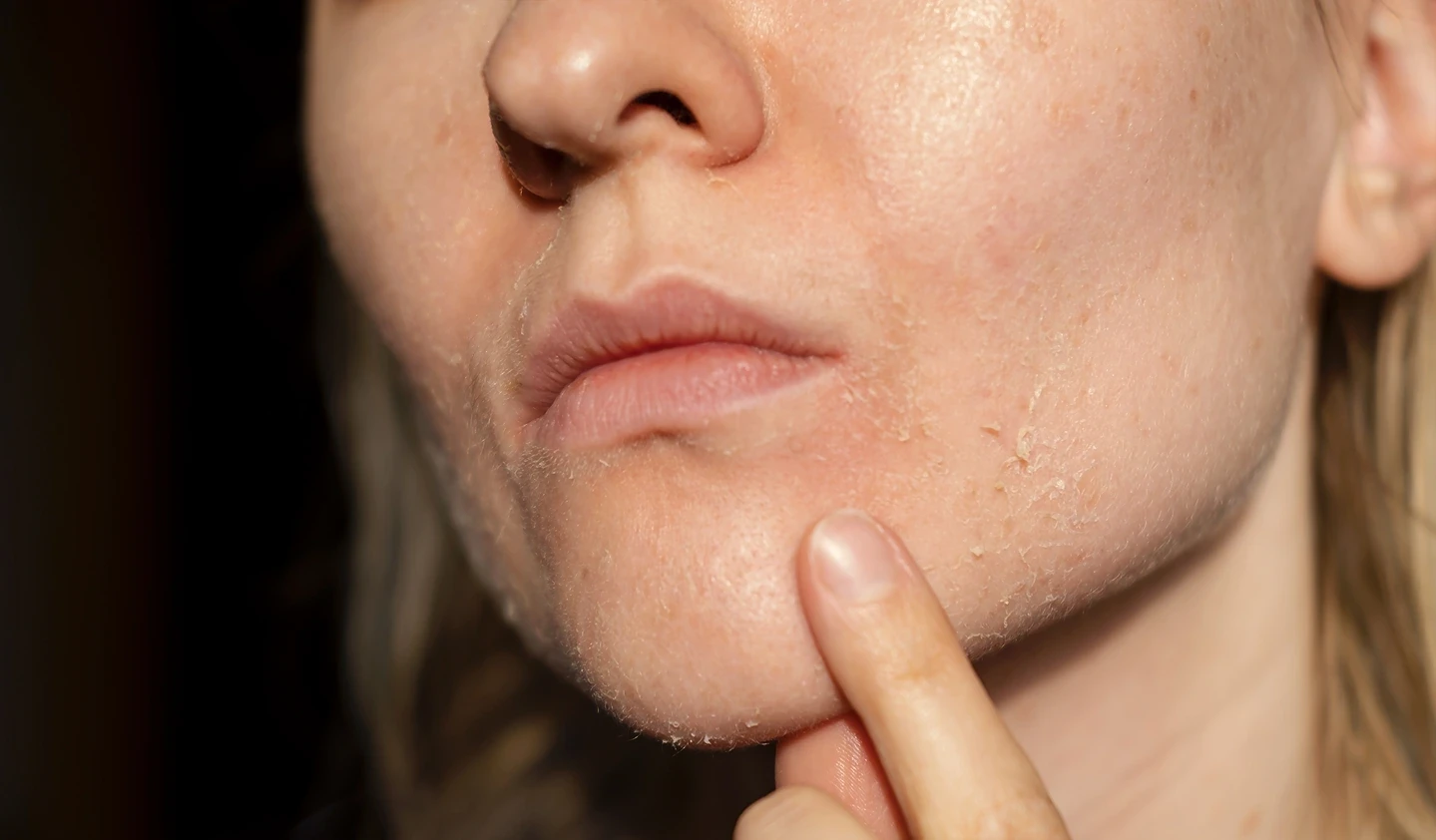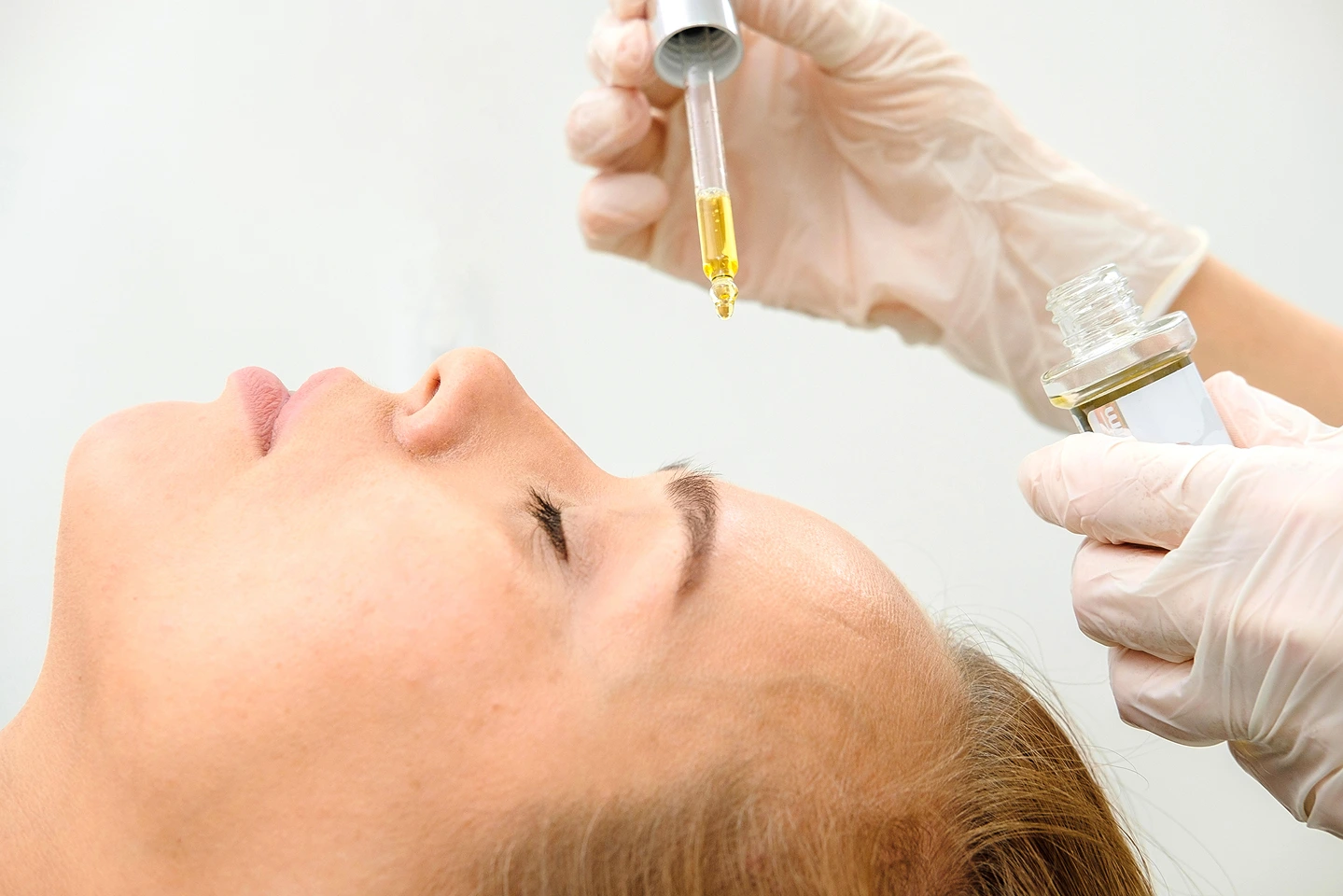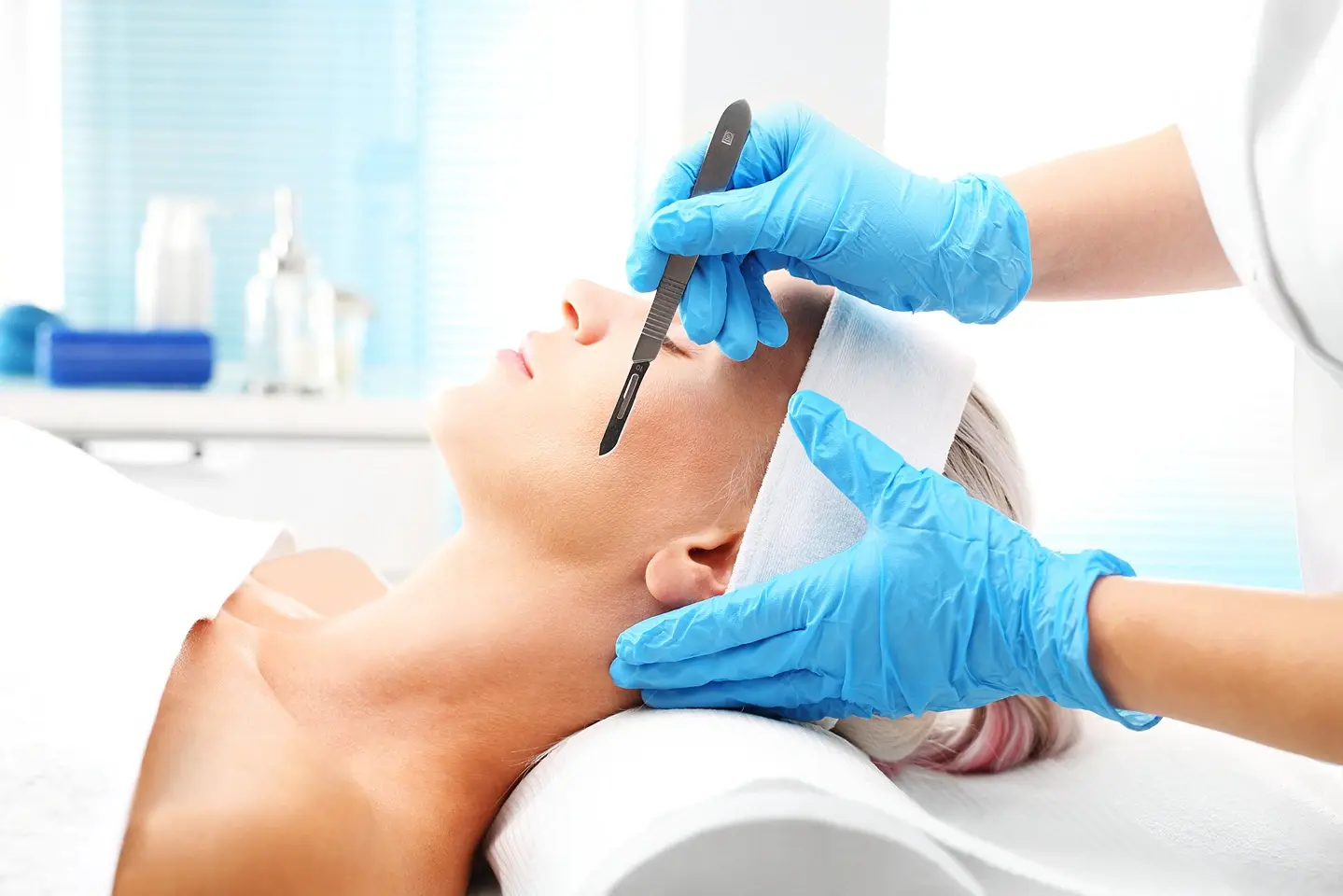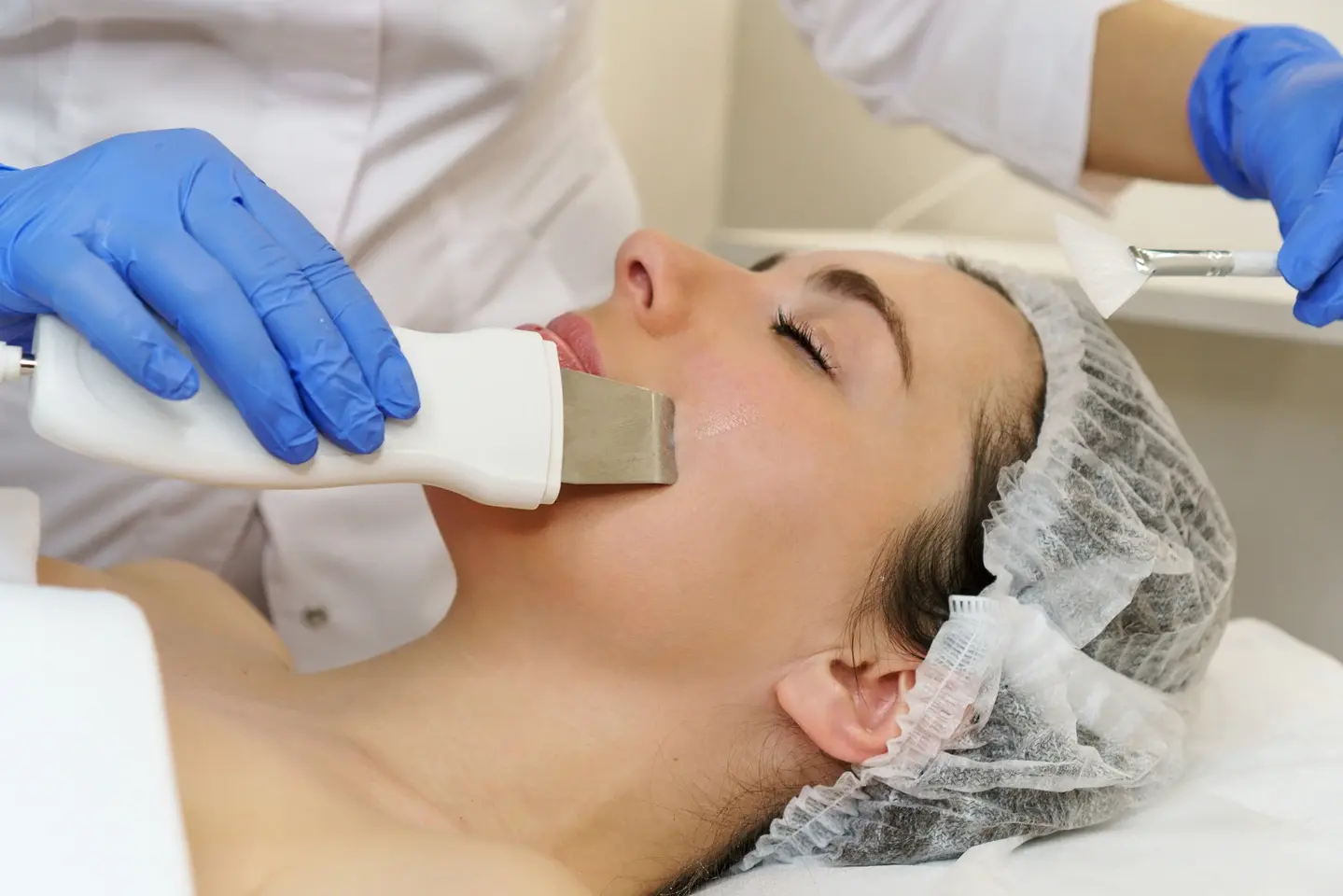Unveiling the Risks and Challenges of DIY Dermaplaning
You probably already know that dermaplaning has become trendy thanks to its promises of silkier skin and a smoother makeup application. Essentially, dermaplaning is a form of exfoliation using a sterile blade to remove the top layer of skin and hair.
While dermaplaning at a dermatologist’s office can be an amazing experience, attempting this at home with the wrong technique or tools could lead to irritation, ingrown hairs, and an unnatural-looking result.
Before you grab that safety razor and get to work, consider whether your skin and patience are really ready for the DIY dermaplaning adventure.
Potential Risks of At-Home Dermaplaning
At home, you’re on your own when it comes to ensuring safety, sterility, and proper blade technique. Without experience, it’s easy to nick yourself with a sharp blade, cause ingrown hairs or trap bacteria under the skin. Even with the “right” tools like a surgical blade at a 45-degree angle, one wrong move could lead to irritation, infection or scarring.
Injury and Infection
Dermatologists follow specialized sterilization procedures and training on how to precisely navigate skin contours and minimize risks. At home, you only have your guesses as to blade sharpness, sterility or the optimal angles for your facial features. Each facial area also requires a slightly different approach, so even if your jawline turns out passable, your nose or lips could end up uneven, red or swollen.
Uneven Exfoliation and Skin Damage
Dermaplaning requires a light, even touch to remove only the outer layer of hair follicles and dead skin cells. Without experience, it’s easy to use too much pressure in some areas and not enough in others, leaving your skin looking patchy, red and irritated. Your skin type also determines how frequently and aggressively you can exfoliate without damage. Over-exfoliating can strip the skin, dull its glow and make hair regrowth faster and more visible.
Proper cleaning and storage of tools
Beyond injury and irritation, another risk of at-home dermaplaning is a lack of sanitation. Reusing unsterilized tools or not properly cleaning and drying implements allows bacteria to grow, potentially giving you acne, staph infections or worse. Make sure to use a mild cleanser and gentle brushes specifically meant for facial tools. Keep all tools in a sterile case between uses and allow them to air dry completely before storing.
Even with the “right” products and approach at home, sanitation is hard to guarantee without advanced medical training. Is perfect skin health worth the risk of an unhygienic procedure? For most, seeing a dermatologist for dermaplaning and other cosmetic treatments is the smarter choice.
Limitations of DIY Dermaplaning
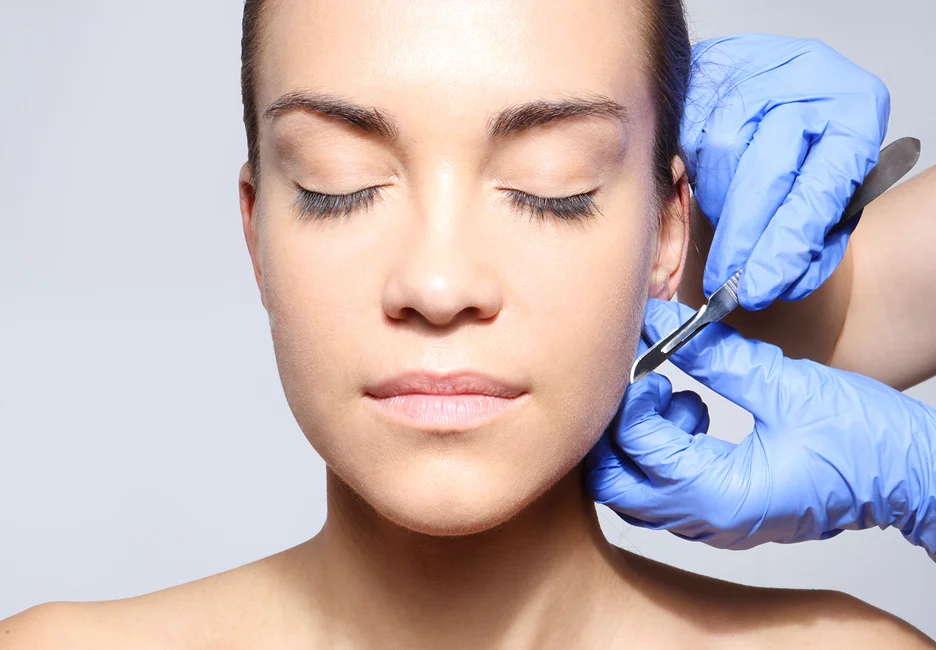
Even with the best intentions, at-home dermaplaning will never replicate the expertise of a board-certified dermatologist or esthetician. Professionals have years of medical training, knowledge of skin conditions, and experience performing cosmetic procedures precisely and safely.
They understand how to evaluate your skin concerns, health history and goals to determine if you’re even a candidate for dermaplaning.
Lack of Professional Expertise
At home, you’re left to guess if your skin can handle it, if any underlying issues could be aggravated or if it will actually provide the results you want. Any adverse effects would then be your responsibility alone. A dermatologist’s role is to advise you on treatments with the highest benefits and lowest risks for your unique skin. Leave medical decisions to the professionals.
Differences between at-home and in-office dermaplaning tools
Dermaplaning tools used in spas and dermatology offices are also far superior to any DIY options. They use sterile, high-quality bladed tools designed specifically for facial exfoliation and hair removal.
At home, you make do with whatever sharp objects you can find, like safety razors, hair removal creams or dull blades that can irritate the skin. Professional tools help glide across contours while maintaining control, precision and safety. They literally create a smoother, hair-free result.
Insufficient Aftercare Knowledge
After dermaplaning, sensitive skin requires gentle, hypoallergenic skincare to remain calm and supported. Dermatologists can recommend medicated creams, serums, and moisturizers formulated for just-exfoliated skin.
At home, you’re left to your own devices, relying on general skincare products that may irritate sensitive skin or fail to nourish dry, exfoliated skin properly. Skincare after dermaplaning is as important as the procedure itself for healthy, balanced skin and hair regrowth. Without professional guidance, complications are more likely.
Alternatives to At-Home Dermaplaning
For smoother, softer and healthier skin, professional dermaplaning treatments from a dermatologist are really the gold standard. When performed by experts, dermaplaning provides a glowing, even-toned complexion by removing dead skin cells, vellus hair (fine, soft hair) and excess facial hair. It allows for a flawless makeup application, reduces ingrown hairs and leaves skin hydrated, nourished and vibrant.
Professional Dermaplaning Treatments
In-office dermaplaning is also gentler and safer due to advanced training, experience and specialized tools. It minimizes risks like irritation, cuts, infection and uneven exfoliation for natural-looking, long-lasting results. Rather than frustration, you get beauty, confidence and salon-quality skin from knowledgeable professionals.
Other Hair Removal Methods
For hair removal at home, other options like waxing, laser removal, electrolysis or IPL provide benefits over dermaplaning with less risk of irritation or damage. Laser and electrolysis offer semi-permanent hair loss after several treatments. Waxing smoothes skin for 3-4 weeks but with less exfoliation. IPL and waxing also target unwanted hair on the brow, lip, chin and other areas in addition to the jawline and cheeks.
Skincare Regimen Adjustments
If your goal is simply smoother skin, a targeted skincare regimen can improve the appearance without hair removal procedures. Glycolic or salicylic acid helps slough the outer layer of skin and unclog pores. Vitamin C boosts collagen, brightening skin and improving texture. Retinoids stimulate cell turnover to keep skin clear, smooth and vibrant. These popular ingredients smooth skin gradually with less risk and without sharp tools or shocking your skin with intense exfoliation.
The choice comes down to your specific needs, skin concerns, pain tolerance, budget and how radically you want to transform your skin and hair. Alternatives to at-home dermaplaning like professional treatments, hair removal methods or skincare adjustments can provide smoother skin through safer, gentler means with professional guidance on what’s right for you. For naturally beautiful and healthy skin, see a dermatologist to explore all your options.
Discover the Secret to Youthful, Glowing Skin: Professional Dermaplaning
When done properly by a dermatologist, dermaplaning provides exfoliation of dead skin cells, improves skin texture, allows for a flawless makeup application by removing hair, and gives your face a youthful glow. However, attempting this yourself could be frustrating and damaging to your skin and hair, especially if you don’t have experience with proper blade angles, safety, exfoliation methods, or how to achieve an elegant,PL hair-free finish.
Rather than risking irritation or an unnatural look, save yourself the trouble and see a dermatologist for dermaplaning if improving your skin’s smoothness and softness is what you desire. With the skill and tools of a professional, you’ll get salon-quality results without the hassle or mishaps of at-home attempts.

